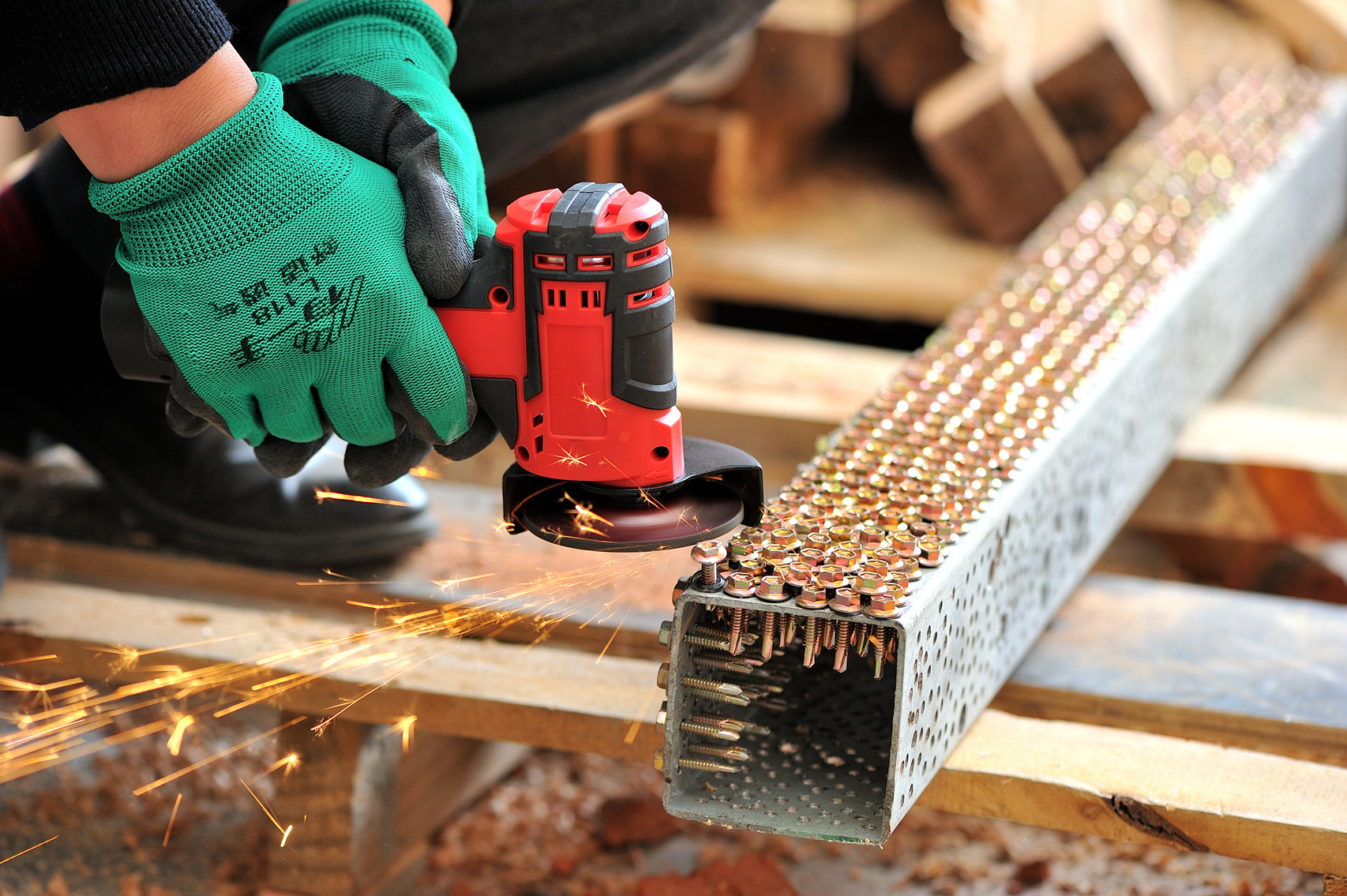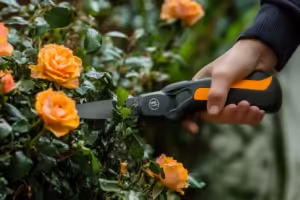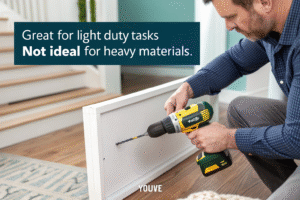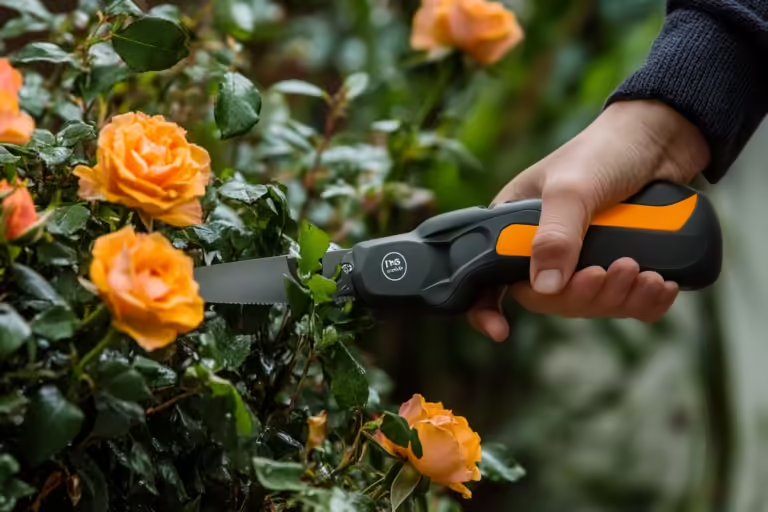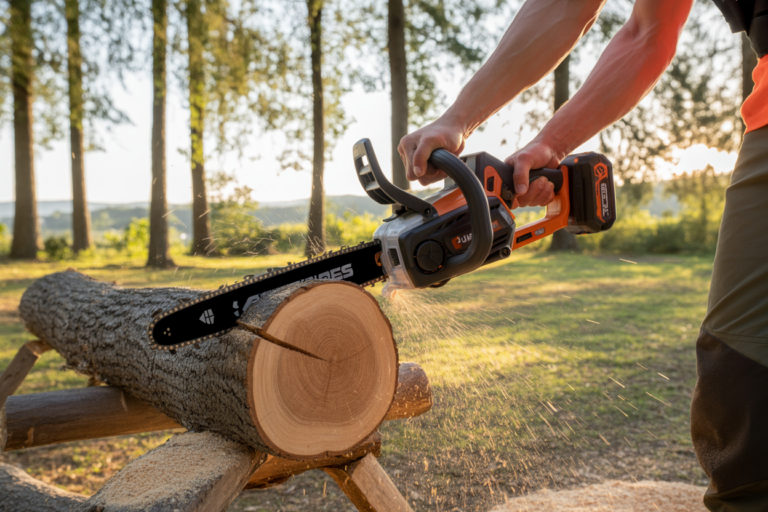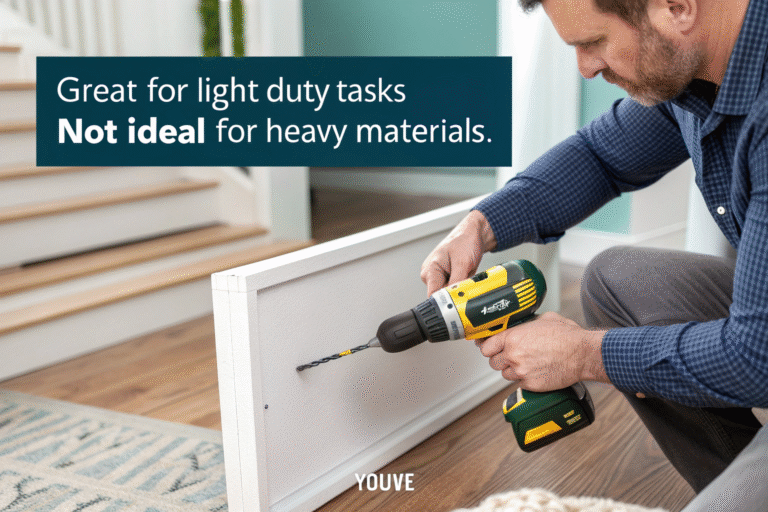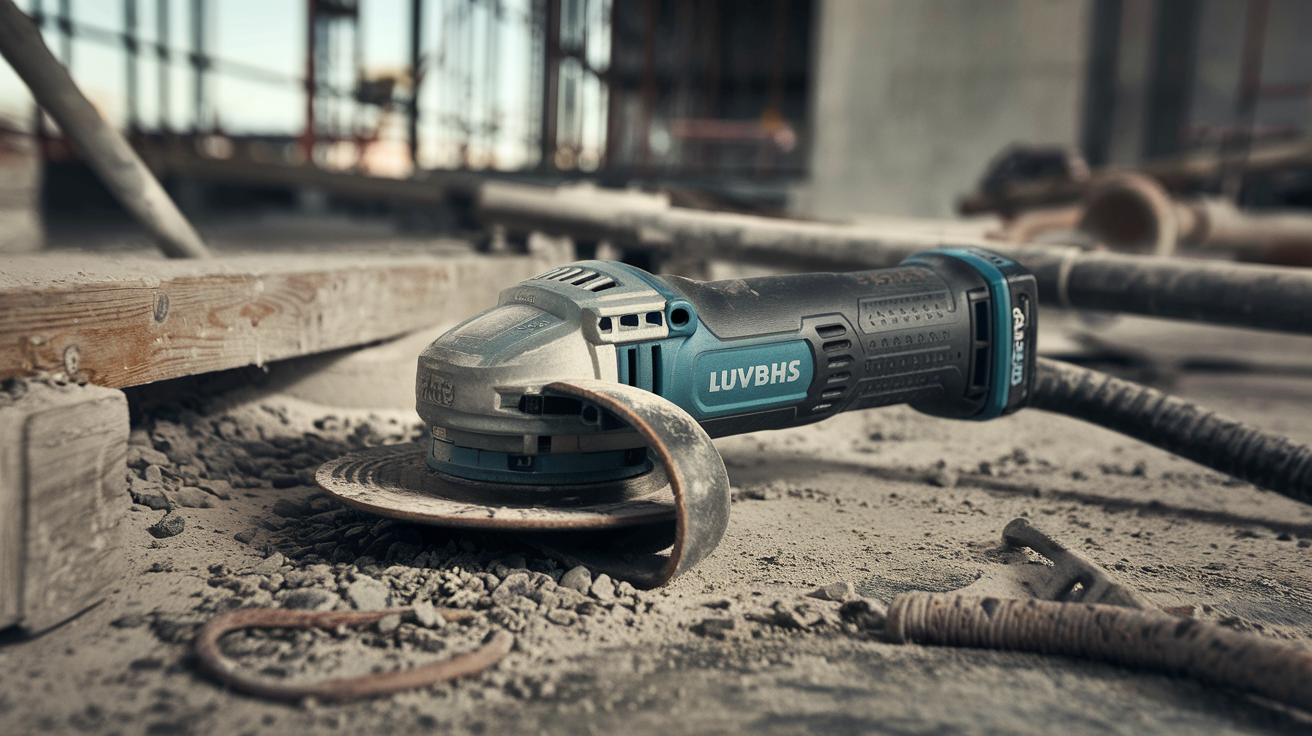
When it comes to bulk ordering cordless angle grinders, the stakes are high. You want a product that delivers on performance, durability, and price while keeping your end-users satisfied. Here's what I’ve learned from years of working with buyers like you.
When bulk ordering cordless angle grinders, prioritize durability, battery performance, and safety features. Partner with reliable suppliers offering competitive pricing and post-purchase support. Quality assurance and timely delivery should never be compromised.
Choosing the right cordless angle grinder for bulk orders requires a keen eye for detail. Let me walk you through the essentials.
How to choose a cordless angle grinder?
Selecting the right cordless angle grinder boils down to understanding your needs and the expectations of your buyers. Are you looking for compact tools for light-duty work or heavy-duty models for industrial applications?
Choose a cordless angle grinder by considering motor power, battery life, ergonomics, and safety features. Verify the supplier's warranty terms and ensure compliance with safety certifications.
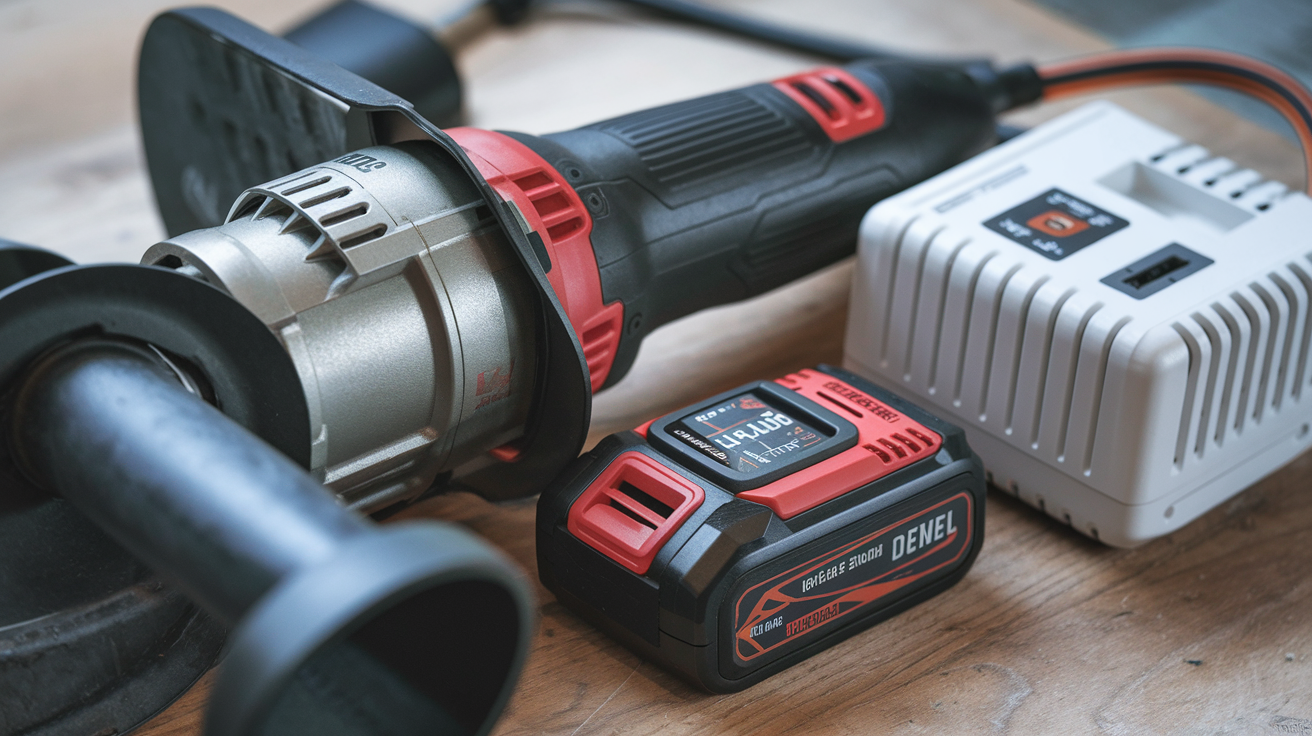
When I evaluate cordless angle grinders, I focus on balance—literally and figuratively. A tool that’s too heavy can strain the user, while a poorly powered one won’t perform under pressure. Consider models with brushless motors for longer life and better efficiency. Also, test the grip and trigger placement to ensure comfort during prolonged use.
How long does a cordless angle grinder last?
Tool longevity is one of the biggest concerns for wholesale buyers. Your customers expect their investment to last, and you need to know when and how to replace worn-out tools.
A quality cordless angle grinder lasts 3-5 years on average with proper maintenance. The lifespan depends on usage frequency, battery care, and component quality.
High-quality batteries and robust motor construction make all the difference. To extend tool life, remind your customers to clean the tool regularly, store it properly, and replace worn-out parts before they compromise performance. Cordless grinder maintenance tips.
Which is better, a corded angle grinder or a cordless angle grinder?
This age-old debate depends entirely on the intended use. Both types have their strengths, and your choice should align with the needs of your buyers.
Corded grinders provide consistent power, ideal for heavy-duty tasks. Cordless grinders offer portability and convenience, better suited for on-the-go projects or hard-to-reach areas.
Cordless models have come a long way. With advancements in lithium-ion batteries1, modern cordless grinders can match the performance of their corded counterparts for most tasks. That said, corded grinders remain unbeaten for extended, high-power operations. If your buyers are divided, consider offering both options.
What are the 4 things you should avoid when using an angle grinder?
Safety is non-negotiable when it comes to angle grinders. A single oversight can result in serious injuries, so it’s vital to educate your buyers on best practices.
Avoid using damaged discs, operating without proper PPE, working in unstable conditions, and forcing the grinder beyond its limits.
Stress the importance of using the right blade for each task. Protective gloves, safety goggles, and face shields are must-haves. Ensure your buyers know how to identify warning signs like excessive vibration or unusual noises. Angle grinder safety tips.
Can a cordless angle grinder cut metal?
Yes, it can, and it does so quite effectively with the right blade. However, there are limitations based on blade type, battery capacity, and tool power.
A cordless angle grinder can cut metal efficiently when equipped with a metal-cutting disc and adequate power output. Ensure proper cooling and steady handling to avoid blade wear or overheating.
For heavy-duty cutting tasks, advise your buyers to invest in higher voltage models. A 36V cordless grinder, for instance, offers more torque and battery life, making it ideal for cutting thick metal sheets or pipes. Metal cutting blade guide.
What size blade do industrial angle grinders need?
Blade size determines the scope of the grinder’s application, especially in industrial environments where precision and depth are crucial.
Industrial angle grinders typically require blade sizes ranging from 7 to 9 inches, suitable for cutting, grinding, and polishing large surfaces.
Smaller blades (4.5-6 inches) are more common for lighter tasks, but for heavy-duty industrial use, recommend larger blades paired with higher-power grinders. Keep in mind that larger blades2 require steadier hands and more robust safety measures.
Conclusion
Bulk ordering cordless angle grinders demands attention to quality, supplier reliability, and your customers' needs. By focusing on durability, performance, and safety, you can make informed decisions that benefit both your business and your buyers.
-
This link explains why lithium-ion batteries are ideal for cordless grinders, helping users understand their role in improving performance and reliability. ↩
-
This link explains the additional requirements and benefits of using larger blades for industrial tasks, offering guidance for those considering them. ↩

